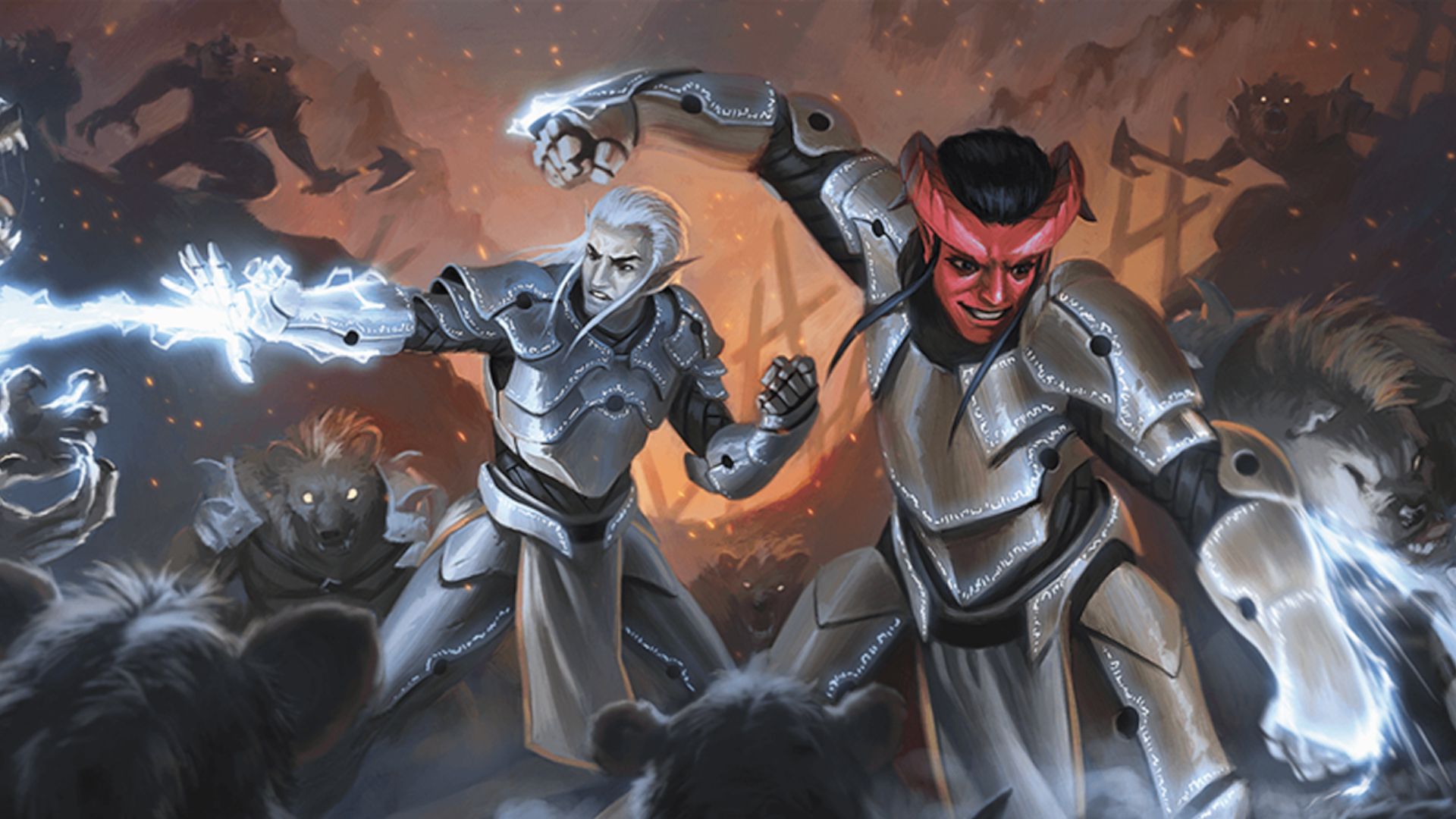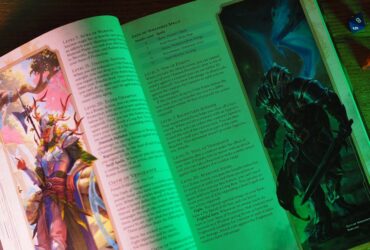Have you played an Artificer yet? D&D’s 13th official class is often overlooked. As an arcane engineer that channels magic through gadgets and contraptions, it stands a little outside the most common fantasy adventurer tropes (like ‘guy with big sword’ or ‘orphan thief’).
The Artificer was first introduced to one of the best tabletop RPGs in 2004, as a class specific to the steampunk Eberron setting, though it’s since appeared in other supplements like Tasha’s Cauldron of Everything. While the class is still played pretty widely, D&D Beyond still puts it dead last behind the other 12 classes, reporting in 2023 that the Artificer had half the number of players on average than the Monk.
It was notably absent from the 2024 rules revision, never appearing in the heaps in playtests or the eventual sourcebooks that were released this year. But it’s clear that D&D’s designers are looking to bring the Artificer up to speed with the new rules as soon as possible – likely for a new supplement in 2025.
Arcane upgrades

You can see the new Artificer playtest on D&D Beyond, with a number of small fixes and upgrades to bring the class in line with the game’s 2024 mechanics.
The first thing to note is that the bones of the Artificer class are largely the same. This is still a ‘half-caster’ we’ve seen in existing D&D books with a slow progression of spell levels, 1d8 health die, tinkering and crafting capabilities, and a focus on Intelligence as a primary stat. However, there are some subtle changes under the hood.
Your first-level ability, Magical Tinkering, is no longer limited to making Tiny objects with some basic audio, visual, and olfactory effects. Instead, this feature lets you craft common adventuring items like a net, bedroll, vial, shovel, rope, torch, or caltrops. (Characters are often assumed to have these kinds of objects automatically, mind, given they’re usually included in starting equipment, so I’m not confident this will stay the same after some playtest feedback.)
Other tweaks to the base class may sound minor, but are quite impactful. Flash of Genius, which lets you use a reaction to aid an ally’s ability check or saving throw, now triggers if your ally fails, rather than before you find out the outcome, meaning you’ll only use the feature when it’s really needed. And a later ability for storing spells in items also now allows for souped-up Level 3 spells – like Fly, Revivify, or Haste – rather than capping out at Level 2.
My favorite change is alternative ways to gain or use spell slots, as a ‘half-caster’ class that only gets so many. Now, at Level 6, an Artificer can ‘drain’ a replicated magic item to regain spell slots in a pinch, while the Alchemist subclass is able to use up spell slots to create more potions.
Flash of genius

The Alchemist in particular is a subclass that sounds very flavorful, but can feel very limiting in play. Currently you have to roll a dice to find out what magical potion you create every day – potentially making the feature useless if you don’t get something relevant to your challenges that day. This is unchanged in the playtest, but you can now choose a specific potion if you use a spell slot to do it, or if you roll a 6 on a six-sided die. It’s a smart compromise that lets the player decide if their magical resources are worth getting something specific, rather than something purely random.
Elsewhere, some boosts to damage and healing for the Alchemist’s core abilities are very welcome – given the power upgrade most classes got for the 2024 rules.
However, the Alchemist’s Chemical Mastery ability also ditches access to some high-profile spells (Greater Restoration, Heal) and replaces them with Tasha’s Bubbling Cauldron, a spell that conjures a number of common or uncommon potions that can be collected, one by one, by your allies each turn. It’s highly useful for stocking up on supplies outside of combat, but very limiting in the midst of a dangerous situation.
The Armorer subclass is mostly unchanged, but comes with a new option for your character’s wearable power armor. Like the Guardian option, ‘Dreadnought’ armor is designed for hitting things hard in melee, but is more focused on battlefield control, with a 10ft weapon reach and the ability to push creatures 10ft away from you on a hit – alongside the ability to temporarily increase your size, like a giant-descended Goliath.
The Artillerist subclass, a ranged weapon specialist, makes your cannons a little more versatile in combat too. Instead of choosing one of three cannon options when you make it, each cannon can swap easily between these different functions, using a flamethrower one turn and healing allies on another.
It’s not clear at the moment how many iterations of the Artificer we’ll see: some classes in the 2024 ruleset playtest were changed and presented to players multiple times, but the Artificer seems to be getting a lighter redesign than, say, the Monk or Druid.
What is clear is that the design team is looking to make the Artificer more flexible in its options, with mechanics that are more immediately useful – like faster crafting times for weapons and items, increasing damage and healing across each subclass, and features that more reliably give you the outcome you want.
My biggest complaint is that there’s no mention of Weapon Mastery, a feature given to many other classes that gives you additional combat benefits linked to the weapon you’re holding, like toppling and pushing creatures on a hit.
An updated Artificer that doesn’t engage with the biggest change of the 2024 rules – even for the Battle Smith subclass, which is the only one to get access to harder-hitting Martial Weapons – feels like a missed opportunity.
But hey, the feedback survey opens on December 24, so there’s still time for you to change their mind.
Want some present ideas for the pen-and-paper RPG fan in your life? Don’t miss these D&D gifts – they’re amongst the best gifts for gamers out there.












Leave a Reply